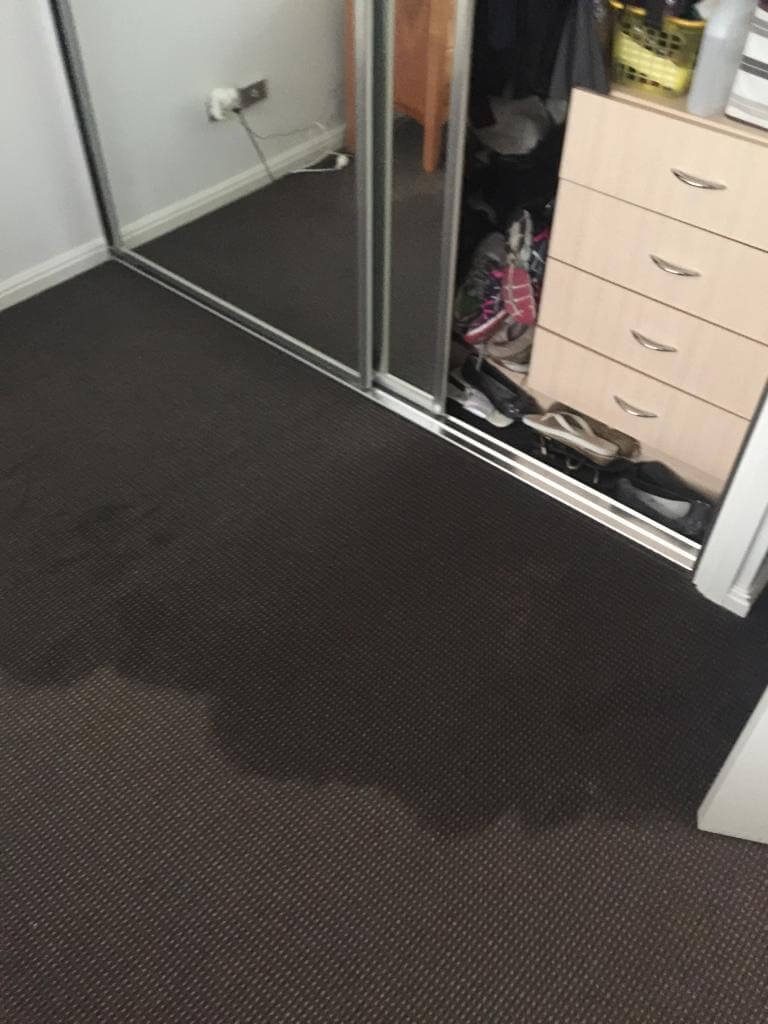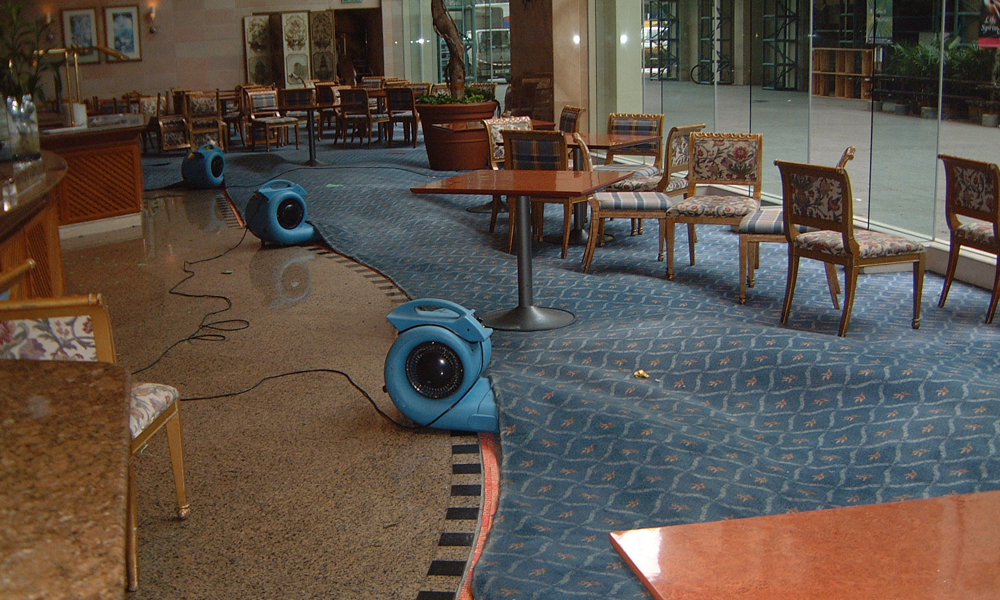Coming home or going to work to find that a storm, burst pipe or blown hot water service has flooded your home or office can be intimidating.
Coming home or going to work to find that a storm, burst pipe or blown hot water service has flooded your home or office can be intimidating. From wet carpets to flood damage to the floors and building structure, the cleanup and repair work that you might see in front of you can seem overwhelming. There’s also the immediate emergency that wet carpets and underlay can smell, making the building uncomfortable to live in for the short term.
We are specialists in water damage remediation, carpet restoration, wet carpet drying sydney, and structural drying and even offer genuine 24/7 and 365 day a year service, providing obligation free on-site cost estimates to help give you piece of mind. We even offer free advice on the phone about how to deal with flood restoration, wet carpets and any other type of water damage remediation during the initial contact call.
We provide a fast and efficient service, designed to get the water damaged area back in working order as quickly as possible. In fact, with our service the affected areas can often be usable almost immediately.

After the immediate emergency water damage remediation, we’ll also leave our professional driers and dehumidifiers on site to complete the flood restoration process fully. This process ensures that all residual moisture is removed from the air, flooring, and surrounding structures, as well as the wet carpet and underlay.

1. Full Water Extraction with equipment pull up carpets to dry the underlay.
2. But how does it work? Here’s a quick overview of the process:
On the top of a restorer’s priority is to mitigate the extent of water damage. This is done by identifying the already damaged area using probes and infrared tools. The restorer also looks for the water source to check if other kinds of structural repair—for example, fixing a leaking pipe—are necessary.
By assessing, categorizing, and classifying the water damage, restorers will know which cleanup method and equipment to use. This is according to the standards set by the Institute of Inspection Cleaning and Restoration Certification.
For example, there are four classes of water damage, ranging from Class 1 (least amount of water absorbed and evaporated) to Class 4 (specialty drying situations). Meanwhile, there are also three categories of water causing the damage. These are namely Category 1, or a clean water source; Category 2, pertaining to gray water; and Category 3, grossly unsanitary water such as floodwater, sewage, and water contaminated with feces.
3. Clean up and dry the area. Based on the data accrued during the previous steps, work on the water-damaged area will finally commence. Restorers will use a variety of equipment to clean up and dry the area, such as air movers and dehumidifiers. They will also dry furniture, dispose of unsalvageable items, and deal with other materials damaged inside the structure during this step. This process is called content manipulation.4. Monitor the area in the succeeding days. Of course, the drying process won’t be overnight. Equipment installed in the area will be left to work for a three or four-day period, with daily inspections to determine the status of the area. Workers will check the place’s temperature, humidity, and moisture content during these inspections. They will also check if additional measures should be done to hasten the drying process.
The drying process will only be considered complete when certain criteria are met.
3. Set up High-Speed air movers and dehumidifiers to pull any moisture from the air and dry the carpets.
4. Technician will keep in touch to see how the carpets are drying.
5. After an inspection and the carpets are dry the carpets will be relayed back into place
6. A professional Carpet Cleaning will be done.
Our team is friendly and reliable we are available for all emergency services 24/7. Call us on 0405 888 880 for any enquires you may have. We are fully insured.